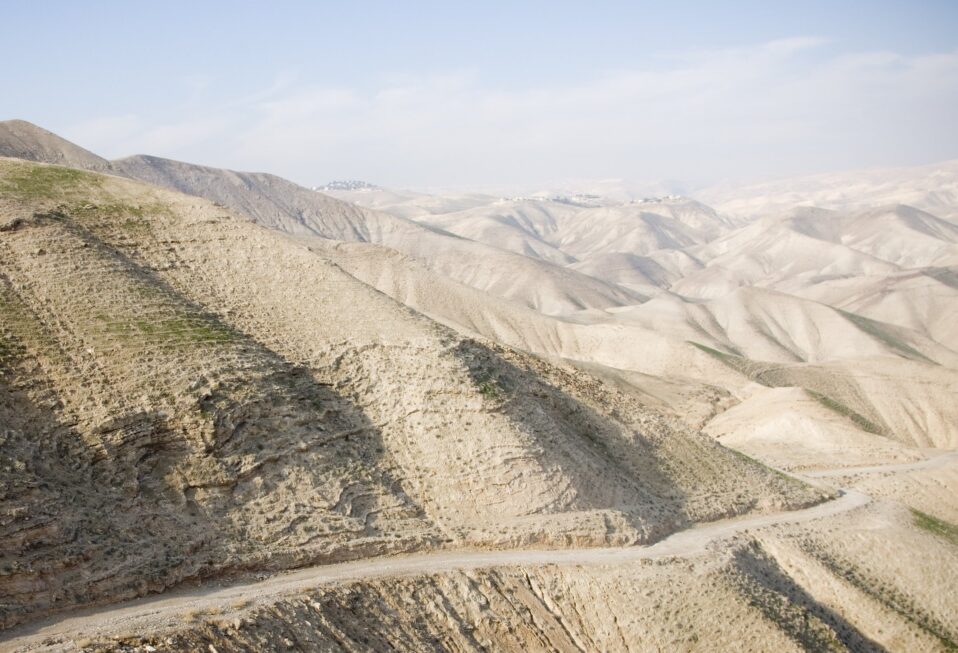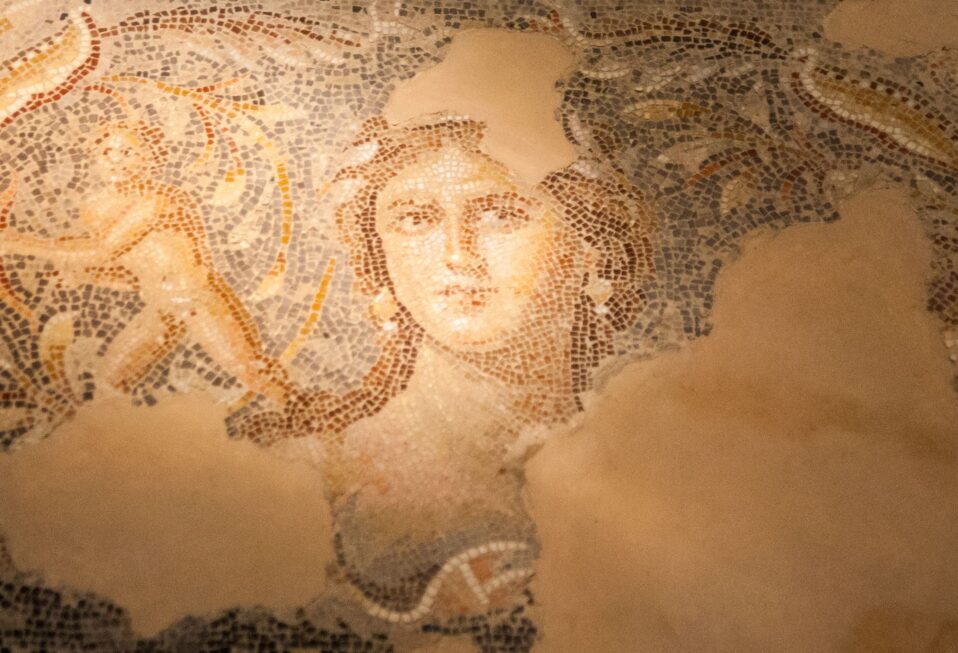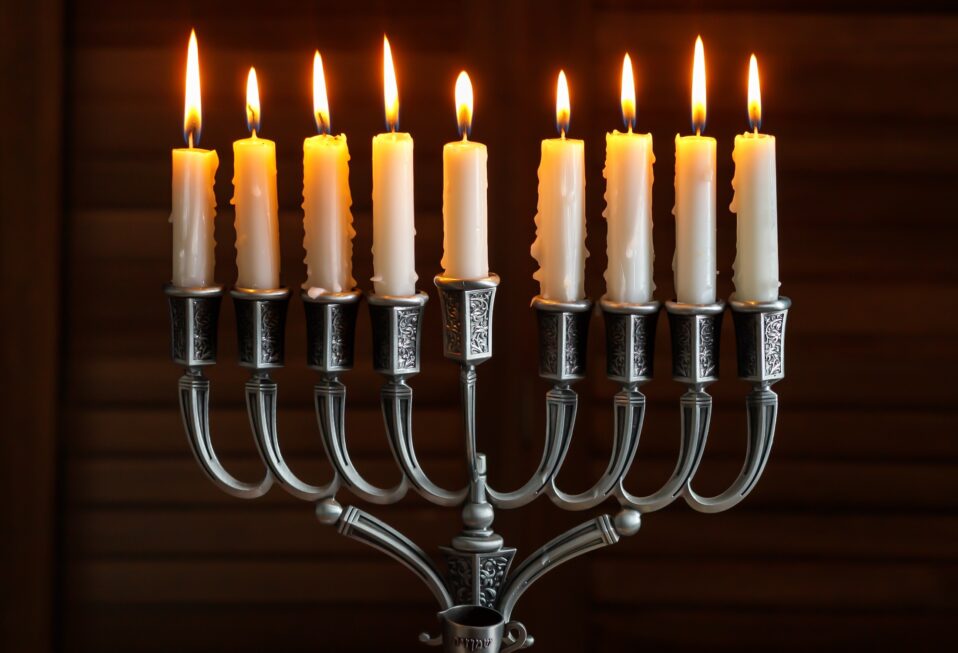“Now great multitudes went with Him. And He turned and said to them, ‘If anyone comes to Me and does not hate his father and mother, wife and children, brothers and sisters, yes, and his own life also, he cannot be My disciple’” (Luke 14:25-26 NKJV).
Jesus identified the greatest and most important commandment as “You shall love the LORD your God with all your heart, with all your soul, and with all your strength” (Deuteronomy 6:5).
His Jewish contemporaries would have considered this command to be the central confession of ancient Judaism. But how does one love God with all his or her heart, soul, and strength? What does that mean?
Jesus and His contemporaries sought to give practical explanation to their listeners. That’s why they juxtaposed Leviticus 19:18, “You shall love your neighbor as yourself” to Deuteronomy 6:5. In other words, I am called to love God with all my heart, soul, and strength by loving my neighbor who is like myself.
On another occasion, though, Jesus sought to help people understand how they should love God with all their heart, soul, and strength by contrasting it with the closest relationships within a person’s life—their family, even their own soul—which He calls upon them to hate. In other words, by offering a counterpoint of one’s closest relationships that He says must be as hatred, He seeks to define how one should love God.
However, before we think we have to hate those closest to us in order to follow Jesus, let’s say a word about the word “hate” in Hebrew. Hate can mean hatred or severe dislike, as we would use it in English, but hate can also mean to prefer something else more than a certain object.
Thus, when He calls upon those who would be His disciples to hate their relations, even themselves, He means that there is something they prefer more: their relationship with God, i.e., loving God with all their heart, soul, and strength.
Not everyone who followed Jesus became His disciple. He demanded a single-minded devotion and obedience of those who would become His disciples. He expected them to love God with everything, even if it meant their own life. Not everyone could agree to that level of commitment.
If we are going to call ourselves His disciples, then we have to approach our lives with radical devotion to God. We must seek to love Him in all that we do. We must hold Him above all other relations, even ourselves.
Too often we want to call ourselves disciples of Jesus and simply add a relationship with God to our lives, but Jesus did not allow that then and He doesn’t allow that now. If we want to be His disciples, we must love God with all our being.
PRAYER
Father, we seek to love You with all our heart, soul, and strength. Nothing can compare to You. May we walk in Your ways today as a sign of our single-minded love and devotion. Amen.















